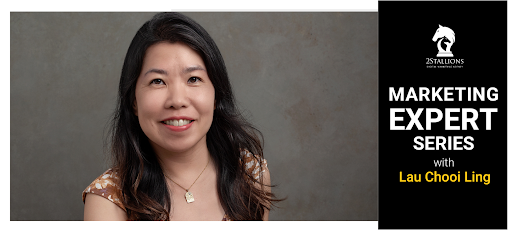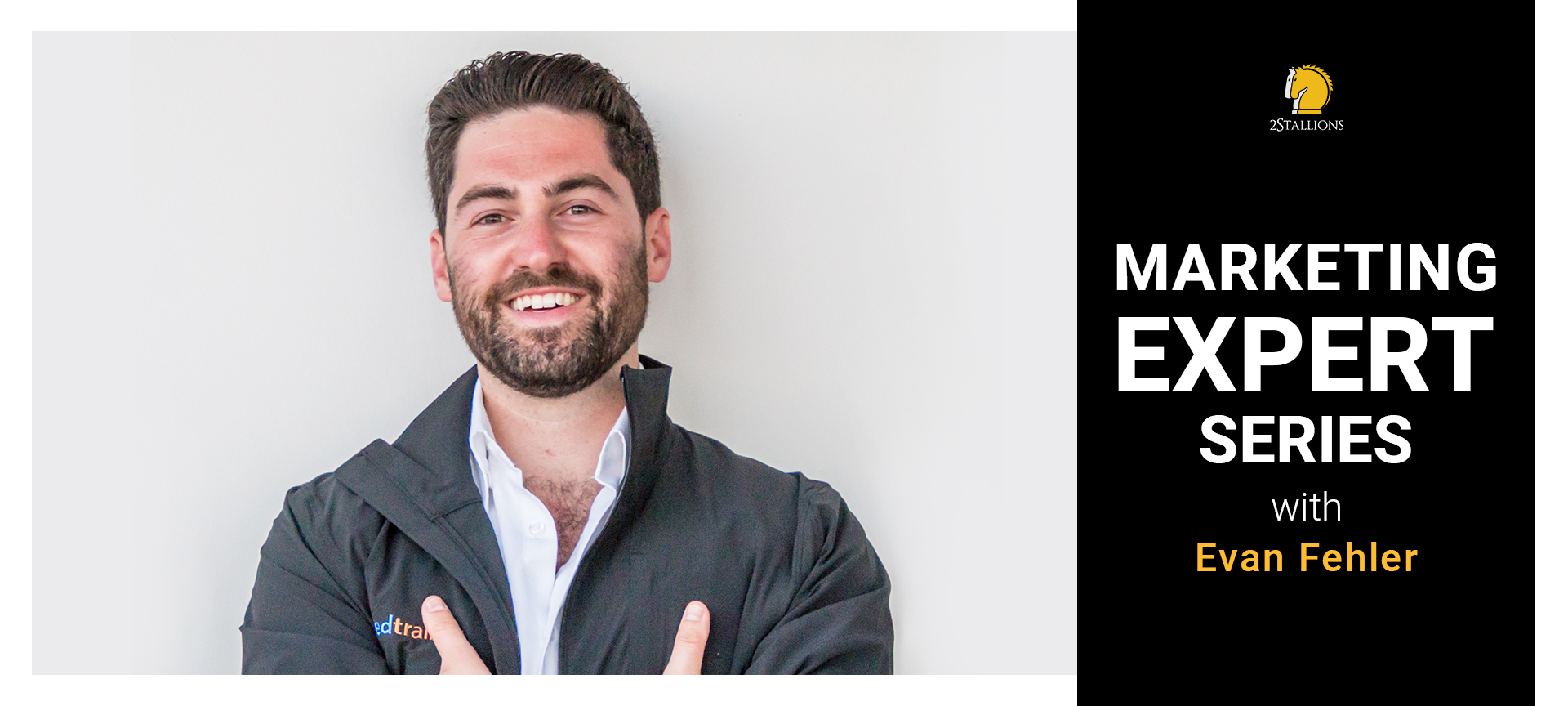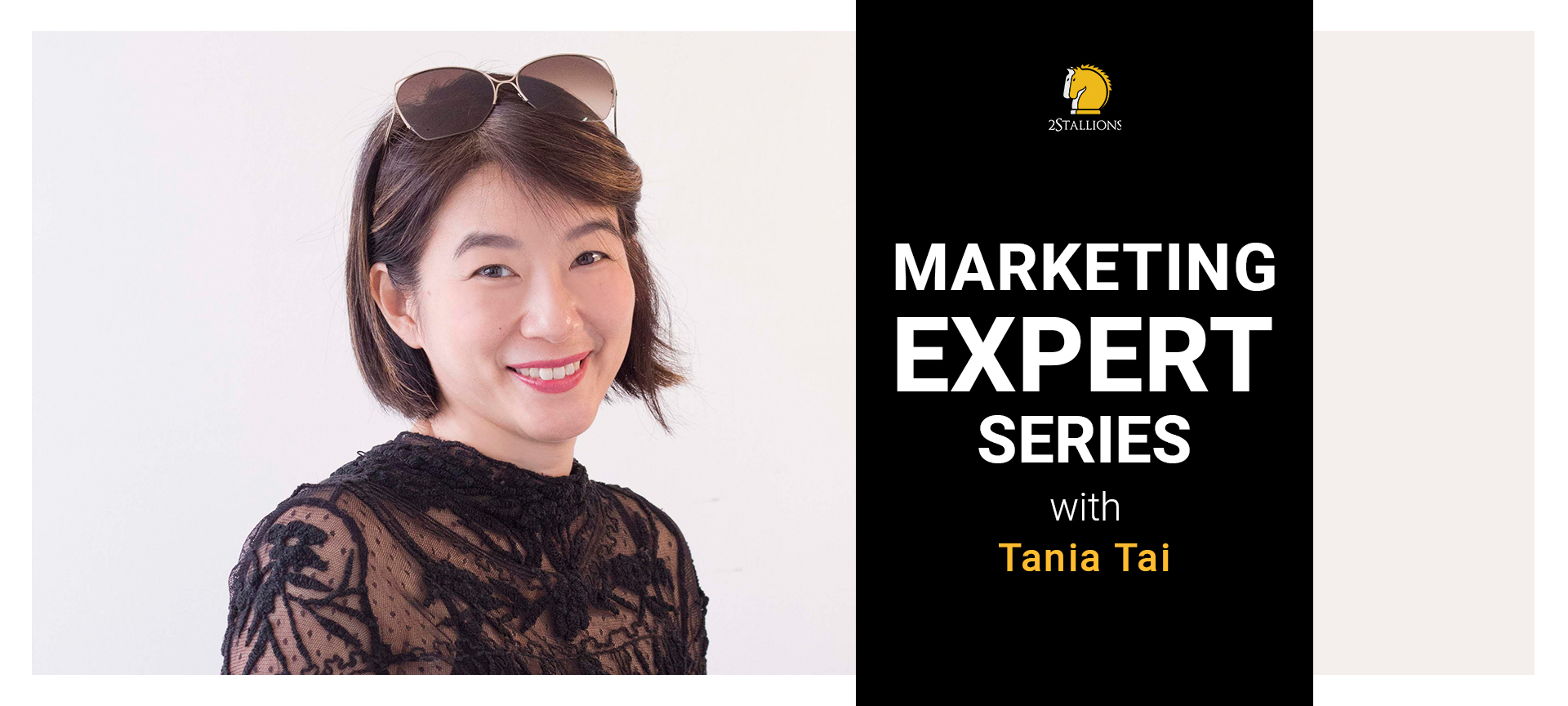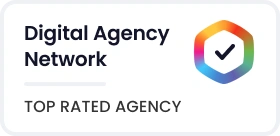SHARE

Exploring the Artistic Synergy of AI and Traditional Techniques
Welcome to our latest installment of the Marketing Expert Series, where we delve into the transformative journey of Lau Chooi Ling, a visionary artist who masterfully navigates the intersection of traditional art and digital innovation.
As the founder and CEO of Crimsonistic, Ling has become a pioneer in blending classic watercolour techniques with the dynamic capabilities of digital graphic design.
Today, Ling shares her inspiring path from traditional watercolour artist to digital innovator, offering insights into how she uses advanced technologies like AI to expand the horizons of her craft. Her work exemplifies the potential of digital tools to not just complement but significantly enhance traditional artistic methods, ensuring their relevance in a rapidly evolving digital era.
Join us as we explore how Ling’s passion for both old and new forms of expression has led to groundbreaking work that sets a benchmark for how traditional arts can thrive in the digital age.
This conversation is not just about the fusion of different artistic techniques but also about the broader implications of this synthesis for the future of art and design. Ling’s story is a compelling narrative of embracing change, championing innovation, and fostering an environment where technology and tradition coexist in creative harmony.
Hi Ling, thank you for joining us in our Marketing Expert Series. Your journey from more traditional art techniques to the forefront of digital graphic design is both unique and inspiring. Tell us a little bit about how you go to to where you are today?
Thanks for having me, Olwen. It’s a pleasure to be able to contribute to your Marketing Expert Series.
I have always loved art as a child, so this is a natural transition to follow my path and doing what I enjoy the most. Enrolling myself in an art college allows me to pursue both traditional art and graphic design, and to be of service to the people who enjoy it. I’ve never looked back since.
As the founder and CEO of Crimsonistic, a creative studio known for its innovative blend of traditional and digital art, could you start by sharing what inspired you to establish Crimsonistic and how it reflects your personal journey in art?
Surprisingly enough, Crimsonistic came about during the thick of the Pandemic in 2020. I was working in-house and later attached to a marketing agency at the time. Feeling stuck and wanting a change, it was time to choose courage and venture out on my own. Establishing my own studio seemed like a bold move at the time, but it allowed me to explore a niche that few studios were addressing – integrating traditional art with digital innovation.
Transitioning from offline to online art forms poses its own set of challenges and opportunities. What have been some of the key lessons you’ve learned in adapting traditional watercolour techniques for digital platforms?
Indeed. One of the greatest things about watercolour as a traditional medium is how timeless, durable and easy it is to connect people. The fluidity and unpredictability of watercolours are what make them so appealing yet so difficult to replicate digitally.
Having an open mind helps. Some might think it is very old fashioned and should give way to digital art and AI.
Embracing digital tools has allowed me to experiment and push the boundaries of what’s possible, bringing a timeless medium into the modern age without losing its essence. The key is to reinvent it to look modern and contemporary, to inspire new audiences as well.
The integration of AI into graphic design is revolutionising the field. From your perspective, how is AI changing the landscape of graphic design, especially in terms of creativity and efficiency?
I would be lying if I said it didn’t. A lot of designers will lament that it is taking over their jobs. It is fair to point out that AI is a tool and still requires a lot of prompting to get desired results.
I see AI in a positive light, as it makes tedious practices achievable in half the time. AI is also helpful in terms of idea generation, making it easier for clients to visualise their final outcome.
I know that some people fear that AI might replace human creativity, I’ve found that it actually enhances our capabilities. AI assists with the more mundane aspects of design, allowing us to focus on creative problem-solving and innovation. It’s a tool that, when used wisely, can significantly enhance our efficiency and effectiveness.
As someone who has a deep foundation in traditional art, how do you view the relationship between AI and creativity? Do you believe AI can truly complement the creative process in graphic design?
AI can be helpful in the creative process, but do not rely or depend on it too much. We are hired for our creativity and individual nuances in visual communication. Too much AI will make our brains lazy and sluggish, with no clear differentiation between you and other designers.
So consider that while AI is incredibly powerful in processing and automating tasks, the essence of creativity still lies within the human mind. I view AI as a complement to our creative processes, a tool that helps bring our visions to life with greater precision and personalisation. It’s about using AI to enhance our creative expressions, not replace them.
Navigating the world of graphic design requires a constant update of skills and knowledge. How do you stay abreast of the latest tools and technologies in digital design and AI?
That is correct, as the digital design and AI world evolves and changes at a rapid pace. For me, I rely on 3 things:
- A cohort of close friends with similar goals who constantly share new things and technologies,
- Subscribing to newsletters like The Futur, The AI Exchange and Behance,
- and finally, following thought leaders on LinkedIn on those subjects.
It also helps to read up on any updates Adobe has on their software.
The blending of offline art forms with digital technologies opens up new avenues for creativity. Can you discuss any emerging trends or technologies you believe will further transform the world of graphic design in the near future?
Sure thing. With the emergence of ChatGPT and AI Image generators such as Midjourney, other websites and software are quickly adapting and jumping in on the new opportunity for AI integration, like Canva, Freepik and Webflow.
As far as I know, this provides a quick and intuitive guide to help you accomplish your design tasks. This takes our root idea up a notch, allowing you to open up to chance or curiosity to see how far AI can take you.
Many traditional artists may feel apprehensive about transitioning to digital platforms or integrating AI into their work. What advice would you give to artists looking to explore digital graphic design or AI technologies?
Good question.
Generally, we are very resistant to change or fear what we don’t know. It could be seen as a betrayal to the past and taking away jobs of many skilled traditional artists.
I would say explore and read up about it with an open mind. Be open to dialogue and learn about AI technologies from people who use it often. Better understanding allows for informed decisions.
Your journey from traditional watercolour painting to digital graphic design is a testament to the evolving nature of art and technology. Outside of your professional work, how has this transition influenced your personal artistic pursuits or views on art?
Sometimes I will catch myself playing guessing games to see which artworks are made by humans and which by AI. It will take time for us all to put these notions aside, mine included, so we can learn how to appreciate art in all forms, over and over again. Overall this has introduced a new wave of excitement as it allowed more people to feel inclusive in creating art.
Finally, Ling, it’s been fascinating to delve into your experiences and insights at the helm of Crimsonistic. For our readers who are interested in following your work or learning more about Crimsonistic’s approach to combining traditional art with digital technologies, how can they connect with you?
My pleasure, Olwen. They may follow me on Instagram under the handle @crimsonistic or find me on LinkedIn. Thank you and have a lovely day!
Conclusion: Embracing Change and Inspiring Innovation in Art
Reflecting on our insightful conversation with Lau Chooi Ling, it’s evident that her artistic journey is a vibrant narrative of adaptation, innovation, and passion. As she seamlessly bridges the gap between traditional art and digital innovation, Ling is not just navigating the evolving landscape of graphic design—she is actively redefining its boundaries.
Ling’s integration of AI with traditional watercolour techniques exemplifies a pioneering approach where technology augments human creativity. By employing AI as a creative partner, she transcends conventional art forms, illustrating how digital tools can amplify the depth and reach of traditional mediums. This symbiotic relationship between AI and watercolours enables Ling to explore new artistic expressions and workflows, which not only enhance her art but also make it more accessible and relevant in a digital era.
Furthermore, Ling’s work stands as a testament to the potential of blending old and new. In a world often skeptical of the rapid encroachment of technology into all spheres of life, her studio, Crimsonistic, exemplifies how traditional practices can evolve rather than be replaced.
This melding of techniques strengthens her art, ensuring it remains vibrant and pertinent as digital landscapes shift. Beyond her personal achievements, Ling’s approach sets a powerful example for society. It demonstrates how integrating technology with traditional crafts can preserve and enhance our cultural heritage, making it more dynamic and sustainable in the modern world.
For those inspired by Ling’s story and eager to see where her creativity will lead next, following her and Crimsonistic’s work offers a window into the future of art and graphic design. It is a future where technology is embraced as an ally to human creativity, where the fear of replacement gives way to the promise of enhancement.
Ling’s journey underscores that the essence of creativity lies in continuous learning and maintaining an open mind. It’s not merely about adapting to change but thriving in it, and in doing so, inspiring others to explore how their passions can intersect with new technologies to create something truly innovative and impactful. Her path encourages us all to look forward, to imagine and to integrate the rich tapestry of human experience with the boundless possibilities of the digital age.











